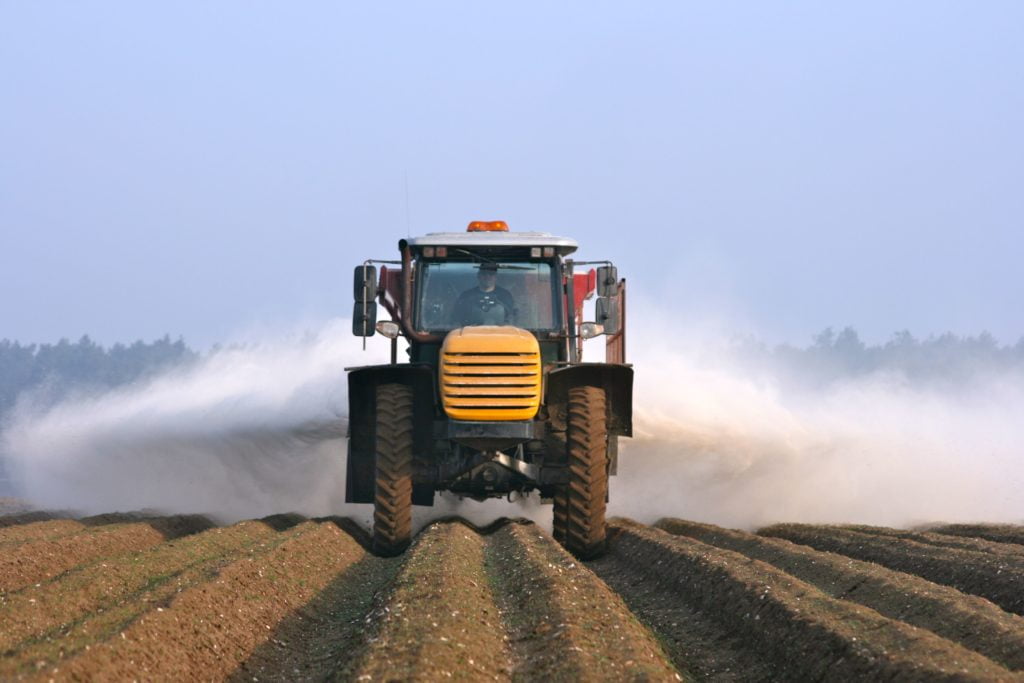Applying agricultural gypsum rules

Applying agricultural gypsum rules
When and how to apply agricultural gypsum
As in all other soil amendments, it is better to apply gypsum during plant dormancy or in autumn or winter. Of course, under right conditions and sufficient water presence, gypsum can be applied to soil in any season of year. Gypsum has average solubility and relatively low salinity. Consequently, it does not cause soil salinity if applied during the growing season of plants. Generally, taking its form (pulverized or granular), purity degree, soil sodicity intensity and soil depth to be amended into consideration. gypsum can be applied in the following ways.
-Dissolved in irrigation water.
-Broadcasted on soil surface but not incorporated into soil.
-Mixed with the soil on the ground surface (to a depth of 10 cm) by disking. or with deeper soil (to the depth of 30 cm) by plowing.
Some important points
-In most cases, and in soils with moderate sodicity levels, it’s better to broadcast gypsum on soil on ground surface. and then mix it with surface soil (to the maximum depth of 10 cm) by disking or plowing. This mixing improves gypsum application efficiency compared to broadcasting it on the ground surface.
-Mixing gypsum with soil at a lower depth. especially when gypsum isn’t applied at the calculated rate, yields better results compared to applying it at great soil depths. This is especially observed in lands under crop cultivation.
It is important to note that the most effective application method for gypsum can depend on a variety of factors. such as soil type, soil pH, and the specific needs of the crop being grown. In some cases, it may be more effective to apply gypsum directly to the crop row. or to inject it into the soil at a specific depth. Consulting with a soil or crop expert can help to determine the best application method for a particular situation.
